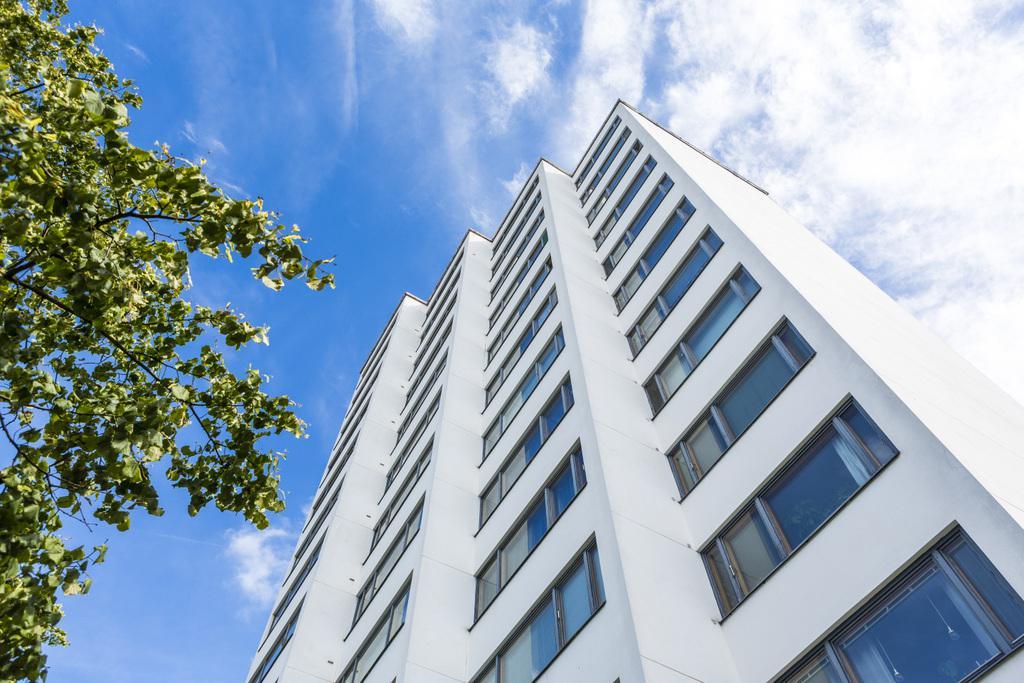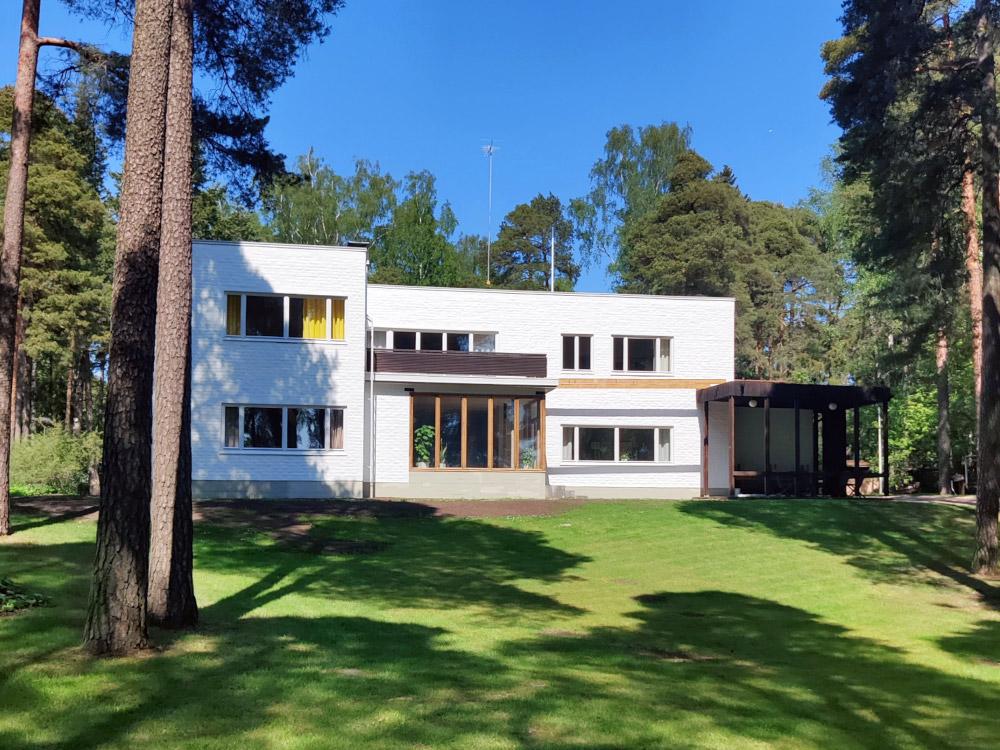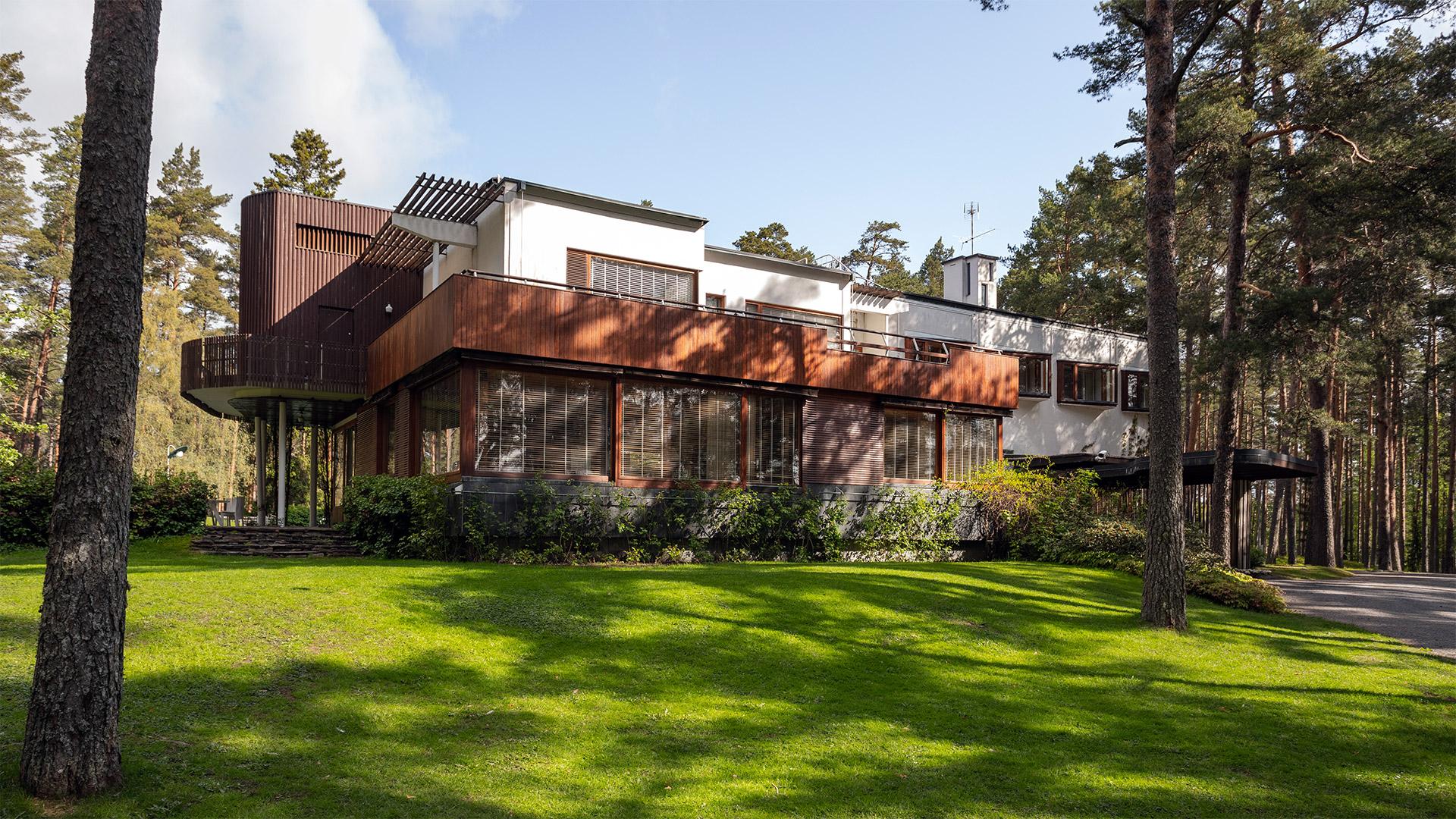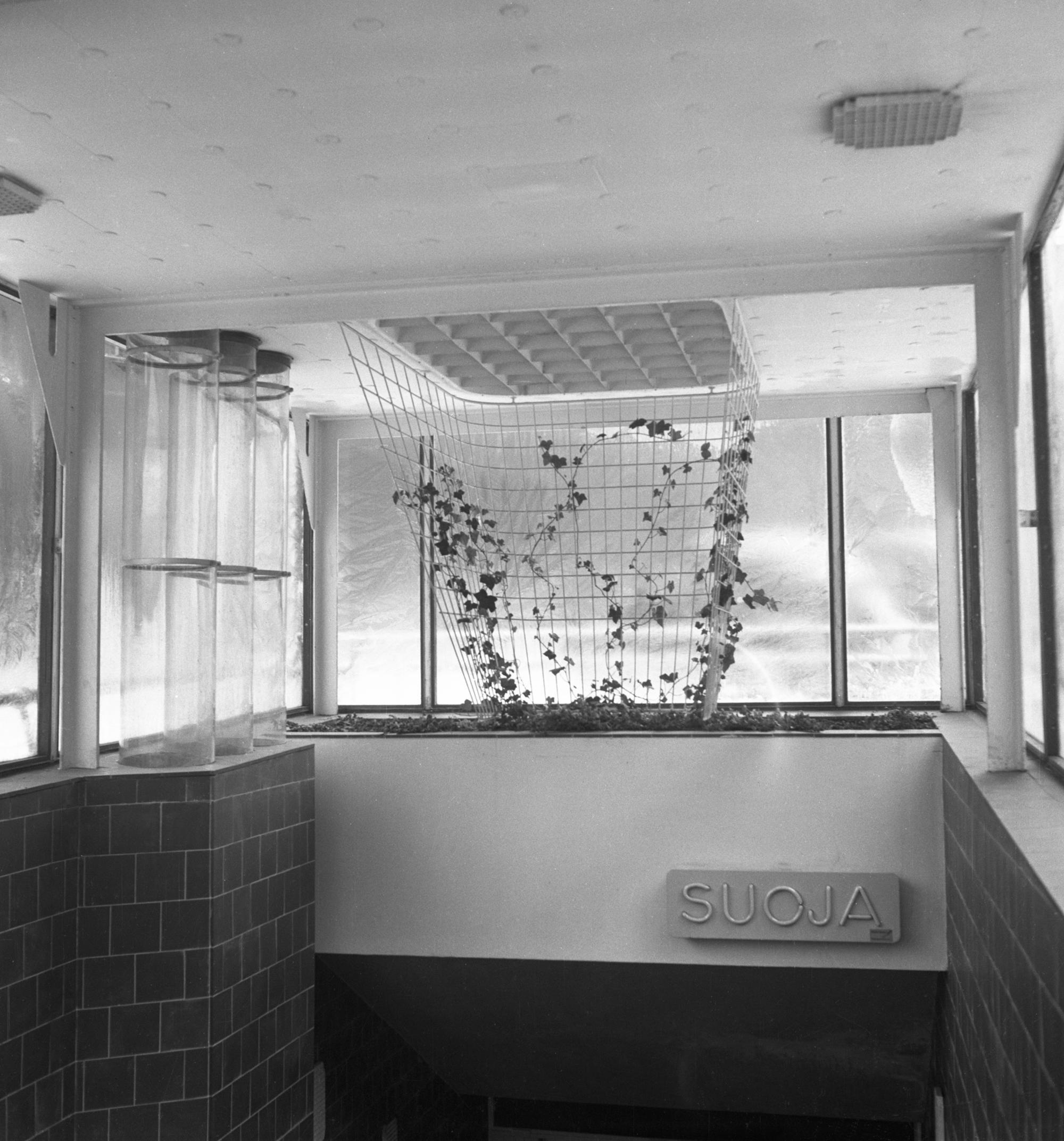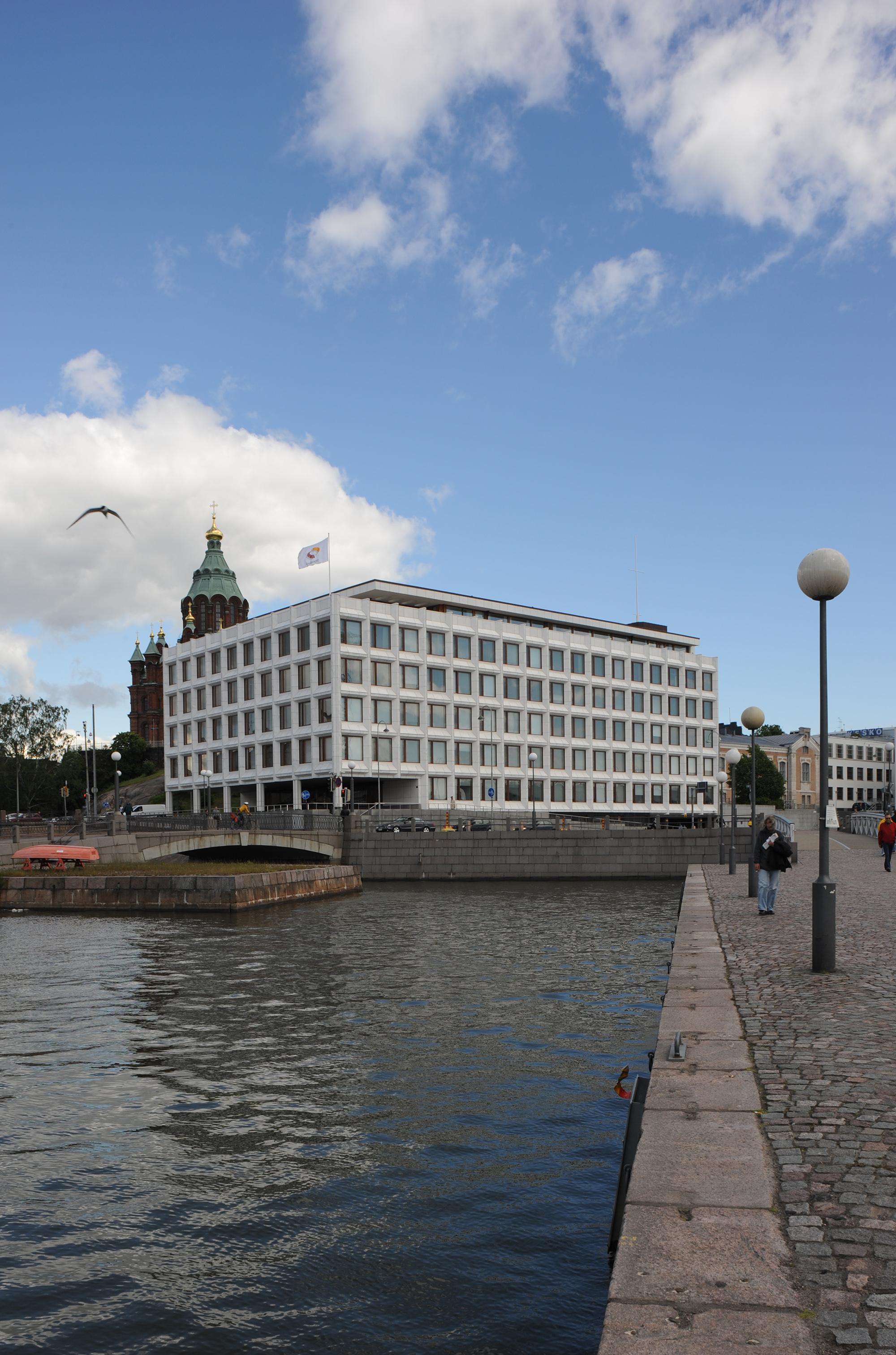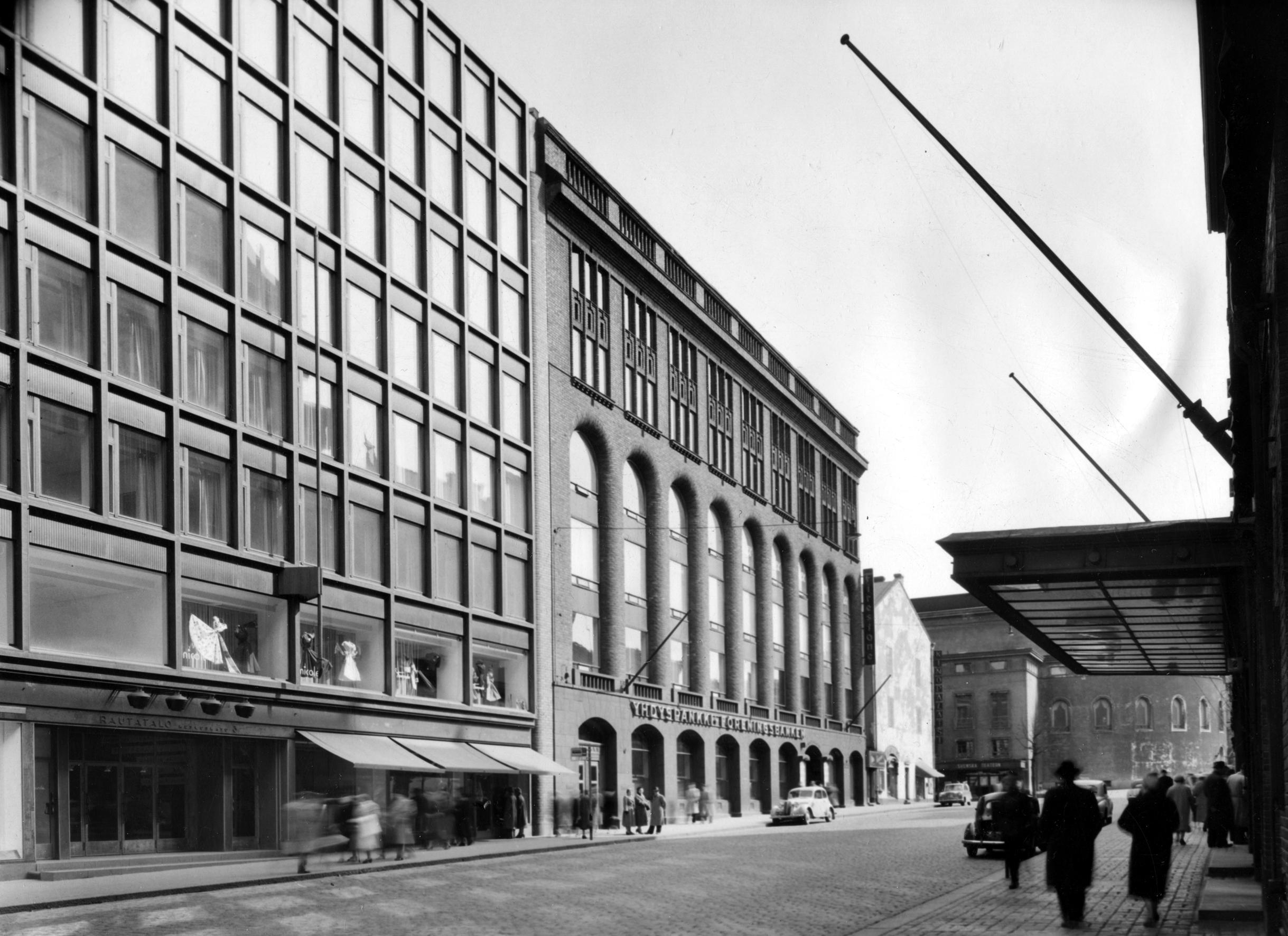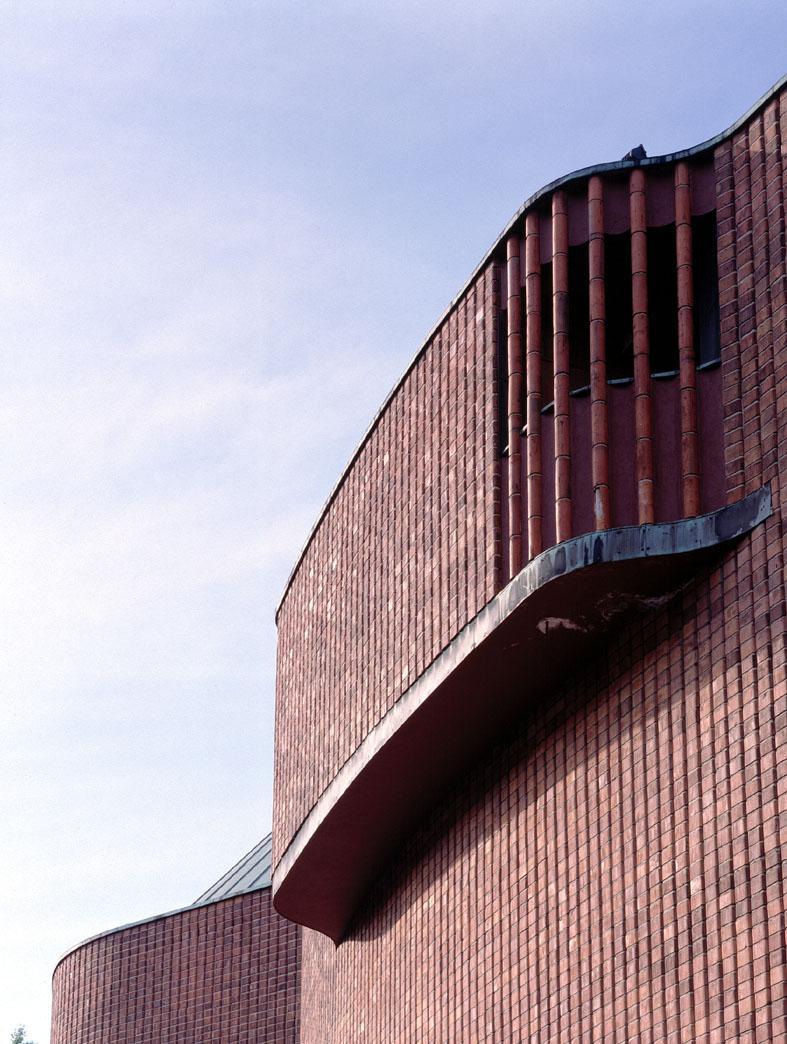In Jyväskylä, the city of lakes and hills in the heart of the Finnish Lakeland, you’ll find the largest number of masterful buildings in the whole world designed by the world-famous architect and academician Alvar Aalto.
The impressive portfolio of 28 locations includes, for instance, the Alvar Aalto Museum, Muurame Church and Säynätsalo Town Hall, which is regarded as one of Aalto’s finest works.
Alvar Aalto also went to school, started a family and began his illustrious career in Jyväskylä. The city of Jyväskylä is home to Aalto creations from the very start of his career right through to designs from his final years.
In Jyväskylä you’ll tread in the master’s footsteps from classicism to functionalism and from brick architecture to monumentalism. Jyväskylä offers you a vast selection of guided tours and interesting visits either on foot, by bike or by boat!
Jyväskylä is also perfectly suited for conferences. The city is lively due to the University and it offers a selection of restaurants and venues for all kind of events. The Finnish Lakeland, being the Sauna Region of the World, guarantees various possibilities for groups of all sizes.
One point of interest is the swimming hall designed by Alvar Aalto. Back then it was one of the very first swimming halls in Finland. It was later enlarged and now the AaltoAlvari Aquatic Centre houses sport and spa services, with various pools like rapid and wave pools, a hot tub, a water slide and diving boards.
Located at a hub of excellent connections, Jyväskylä is highly accessible from practically anywhere.
